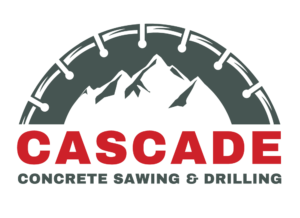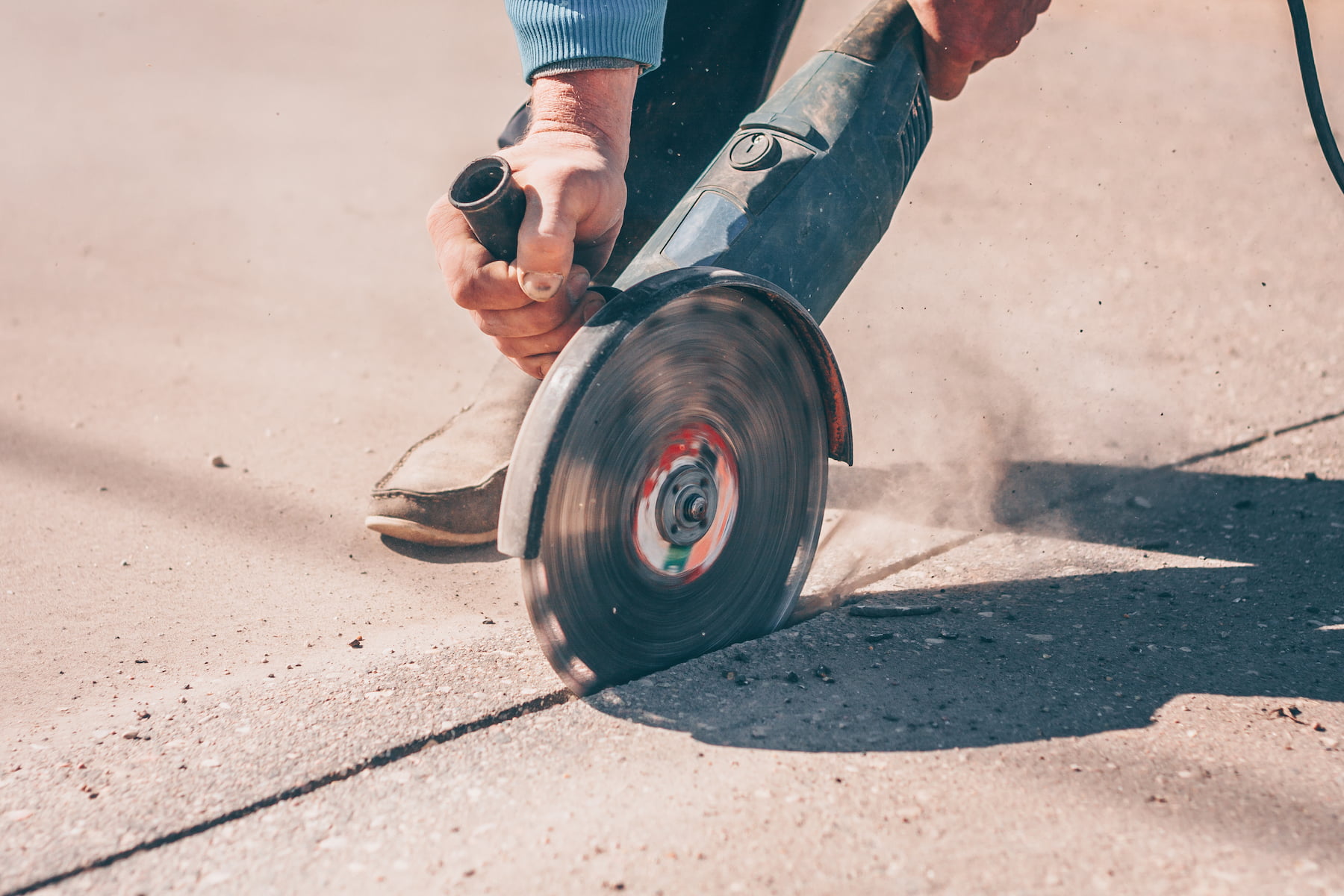So, you’ve got an old concrete slab that needs to go, whether it’s a cracked concrete driveway, a worn-out concrete patio, or a concrete floor that’s seen better days. Removing concrete can be a tough job, but with the right tools, a bit of elbow grease, and a good plan, it can be pretty simple for the pros. Let’s break it down—literally!
Assessing the Job: Is DIY Concrete Removal Right for You?
Before you grab your sledgehammer, it’s best to assess the scope of the project. Removing a small concrete patio is a different ball game than demolishing a large concrete driveway.
We recommend considering the following:
- Size of the concrete area: Larger areas will require more time, effort, and possibly heavy equipment.
- Thickness of the concrete: Thicker slabs will be more challenging to break up.
- Reinforcement: If the concrete contains rebar (steel reinforcement), the removal process will be more complex.
- Your physical abilities: Demolishing concrete is demanding work and a ton of labor.
- Access to tools and equipment: You’ll need the right tools to get the job done safely and efficiently.
- Local regulations: Some areas have restrictions on how and where you can dispose of concrete debris.
If you’re unsure about taking on the project yourself, consider hiring a professional concrete removal service. They have the experience, equipment, and permits to handle the job.
When to Hire a Professional Concrete Removal Service
If any of the above factors give you pause, it’s time to consider bringing in the pros. Cascade Concrete has the experience, equipment, and know-how to handle your concrete removal project efficiently and safely. Plus, hiring professionals can save you time, stress, and potential injury.
The Process of Concrete Removal
Even if you decide to hire professionals, it’s helpful to understand what the process entails. Here’s a general overview of how concrete removal is typically done.
Step 1: Preparation
Before breaking up concrete, preparation is key. Concrete removal isn’t just about swinging a sledgehammer wildly; it’s about doing it safely and efficiently. Here’s what pros do to get started.
Tools and Safety Gear Used by Professionals
Depending on the size and thickness of the concrete slab, we might use anything from basic hand tools to heavy-duty power tools.
Essential Tools:
Jackhammer: Essential for breaking up thick concrete slabs.
Pry Bar: For prying up chunks of concrete.
Chisel: Handy for more precise work or for breaking small pieces.
Bolt Cutters: To cut through rebar or wire mesh.
Angle Grinder or Concrete Saw: For making precise cuts in the concrete.
Wheelbarrow: To haul away broken concrete pieces.
Safety Gear: Includes safety goggles, work gloves, dust masks, ear protection, and steel-toed boots.
Prepare the Work Area
Before we start breaking up concrete, the area should be clear of any objects that might get in the way. Laying down plastic sheeting helps contain the dust and water, to make sure the work area stays as clean as possible.
Step 2: Breaking Up Concrete
Now comes the fun part—breaking up concrete. Depending on the thickness of the concrete and the tools available, professionals will choose the best approach to breaking up the slab.
For larger projects like a concrete driveway or patio, we will typically cut the thickest slabs to break the concrete into smaller, more manageable pieces.
Handling Rebar and Wire Mesh
If the concrete contains reinforcement, professionals will use saws or drills paired with the correct blade to cut through it. This step requires precision and care to avoid damaging surrounding structures or creating additional hazards.
Step 3: Concrete Removal – The Finishing Touches
Once the concrete is broken up, it’s time to clear the debris. Professionals will load the broken concrete into wheelbarrows or other devices to transport the debris to a dumpster or designated disposal area. Proper disposal is crucial, as concrete is heavy and may require special handling at a landfill or dump site.
What Comes Next?
After the old concrete is removed, you’re left with a clean slate. Whether you’re planning to install new concrete, start a landscaping project, or simply enjoy the open space, the possibilities are endless.
New Concrete
If your plan includes pouring a new concrete slab, it’s essential to ensure the area is properly prepped. This might involve leveling the ground, adding a base layer, or addressing any drainage issues.
Landscaping
If you’re planning a landscaping project, now is the time to level the ground, add topsoil, and start planting. The removal of old concrete opens up new possibilities for transforming your outdoor space.
Home Improvement
Whether it’s a new concrete patio, a concrete driveway, or another project, removing the old concrete is just the first step. A professional service can also help with installing new features, ensuring that everything is done to the highest standards.
Why Hiring Cascade Concrete Is the Right Choice
Removing a concrete slab is a significant project that requires expertise, the right tools, and a lot of hard work. While DIY might seem tempting, hiring a professional service like Cascade Concrete ensures that the job is done safely, efficiently, and to the highest standards. Whether you’re dealing with a concrete driveway, patio, or another structure, we have the experience and equipment to handle the job from start to finish.
So, before you pick up that sledgehammer, give us a call. Let Cascade Concrete take the hassle out of your concrete removal project, so you can focus on what comes next.



